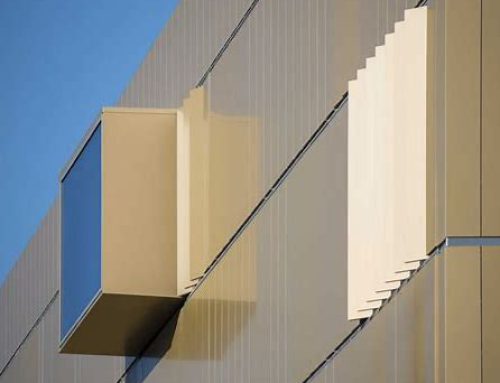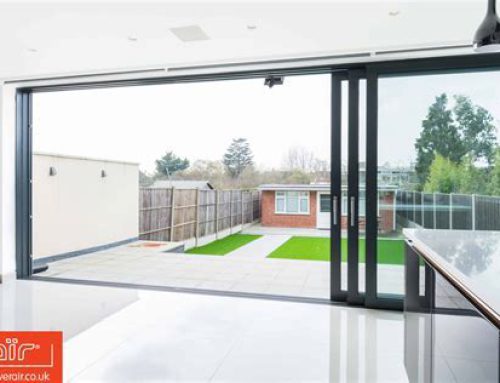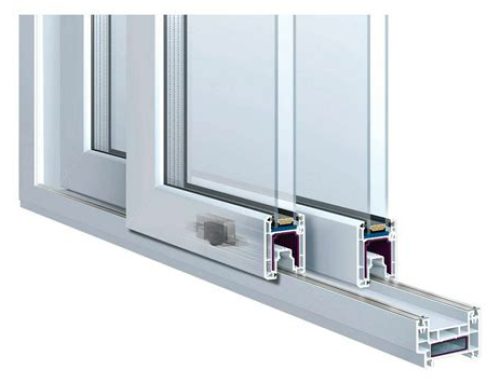Thermal break curtain wall with steel reinforcement systems

Introduction:
In the dynamic realm of architectural design, innovation and sustainability are at the forefront of construction practices. One such advancement that combines both energy efficiency and structural integrity is the implementation of thermal break curtain wall systems with steel reinforcement. These cutting-edge solutions not only provide architects and builders with the freedom to create aesthetically pleasing designs but also contribute significantly to the overall performance of a building in terms of energy conservation and durability.
Understanding Thermal Break Curtain Wall Systems:
A curtain wall is a non-structural, external covering of a building’s façade designed to withstand environmental forces while allowing natural light to flood the interior. Thermal break curtain wall systems take this concept a step further by incorporating a layer of thermally insulating material between the inner and outer elements of the wall. This insulation helps to break the thermal bridge, preventing the transfer of heat or cold between the exterior and interior surfaces.
The Role of Steel Reinforcement:
While thermal break systems effectively address energy efficiency concerns, the integration of steel reinforcement adds a crucial element of structural strength. Steel, renowned for its high tensile strength and durability, is strategically placed within the curtain wall system to provide support and stability. This combination of thermal insulation and steel reinforcement ensures that buildings not only meet stringent energy efficiency standards but also maintain their structural integrity over time.
Benefits of Thermal Break Curtain Wall Systems with Steel Reinforcement:
- Enhanced Energy Efficiency:
- The primary advantage of thermal break curtain wall systems is their ability to minimize heat transfer. This is achieved by using materials with low thermal conductivity, reducing the building’s dependence on heating and cooling systems.
- Energy-efficient buildings contribute to lower utility costs and reduced environmental impact, aligning with contemporary sustainability goals.
-
Structural Resilience:
- Steel reinforcement provides the necessary strength to support the weight of the curtain wall and withstand external forces such as wind and seismic loads.
- The combination of thermal breaks and steel reinforcement ensures a durable and resilient building envelope, increasing the lifespan of the structure.
-
Design Flexibility:
- Architects benefit from the versatility of thermal break curtain wall systems, allowing for expansive glass façades, open floor plans, and a seamless integration of indoor and outdoor spaces.
- The use of steel reinforcement enables the creation of complex and innovative designs without compromising structural stability.
-
Condensation Control:
- Thermal break systems minimize the risk of condensation forming on the interior surfaces of the curtain wall. This not only preserves the visual appeal of the building but also prevents potential issues related to mold and mildew.
Challenges and Considerations:
While thermal break curtain wall systems with steel reinforcement bring forth numerous advantages, it’s essential to acknowledge certain challenges and considerations associated with their implementation.
-
Cost Considerations:
- The initial cost of installing a thermal break curtain wall with steel reinforcement may be higher compared to traditional alternatives. However, it’s crucial to consider the long-term savings in energy costs and potential reductions in maintenance expenses.
-
Maintenance and Repairs:
- Periodic inspections and maintenance are critical to ensure the continued performance of these systems. While the steel reinforcement enhances structural durability, proactive measures are necessary to address any potential issues promptly.
- Customization Complexity:
- Designing and installing thermal break curtain wall systems with steel reinforcement may require specialized expertise. Collaboration between architects, engineers, and contractors is essential to ensure proper customization and installation, particularly in complex architectural designs.
Future Trends and Innovations:
As technology advances, the integration of smart features and innovative materials into thermal break curtain wall systems is a trend on the horizon. The future may see the incorporation of sensors and adaptive technologies that optimize the building’s energy performance in real-time. Additionally, the development of new materials with even lower thermal conductivity and higher strength could further improve the efficiency and durability of these systems.
Case Studies:
Examining real-world applications of thermal break curtain wall systems with steel reinforcement provides valuable insights into their performance and benefits. Numerous architectural landmarks and commercial buildings around the world have successfully implemented these systems, showcasing their adaptability and effectiveness in diverse environments.
- One Central Park, Sydney, Australia:
- The award-winning One Central Park in Sydney features an iconic thermal break curtain wall system with steel reinforcement. The building’s design incorporates extensive glazing to maximize natural light, and the thermal break technology helps regulate the indoor temperature while the steel reinforcement ensures the structure’s stability in the face of varying environmental conditions.
- Shanghai Tower, China:
- The Shanghai Tower, one of the tallest buildings in the world, utilizes advanced thermal break curtain wall systems with steel reinforcement to address the challenges posed by its height and changing climatic conditions. The integration of steel provides the necessary strength to withstand wind forces, while the thermal break technology enhances the tower’s energy efficiency.
Industry Standards and Regulations:
To ensure the widespread adoption and consistent performance of thermal break curtain wall systems with steel reinforcement, industry standards and regulations play a crucial role. Various organizations, such as the International Building Code (IBC) and the American Society of Heating, Refrigerating and Air-Conditioning Engineers (ASHRAE), provide guidelines that outline the requirements for energy efficiency, structural integrity, and safety in building construction.
Conclusion:
In conclusion, the marriage of thermal break curtain wall systems with steel reinforcement represents a pinnacle in contemporary architectural and construction practices. As global awareness of environmental issues continues to grow, the demand for sustainable and energy-efficient buildings becomes increasingly paramount.
The evolution of these systems reflects the industry’s commitment to addressing these challenges head-on. By combining technological innovation, material science, and architectural prowess, thermal break curtain wall systems with steel reinforcement stand as a testament to the transformative power of collaboration and ingenuity.
As we look toward the future, it is evident that these systems will play a pivotal role in shaping the skylines of our cities and the way we experience the built environment. Through ongoing research, development, and a shared commitment to sustainable practices, the construction industry can build a future where buildings not only stand as architectural marvels but also contribute to a more energy-efficient and environmentally conscious world.





Leave A Comment